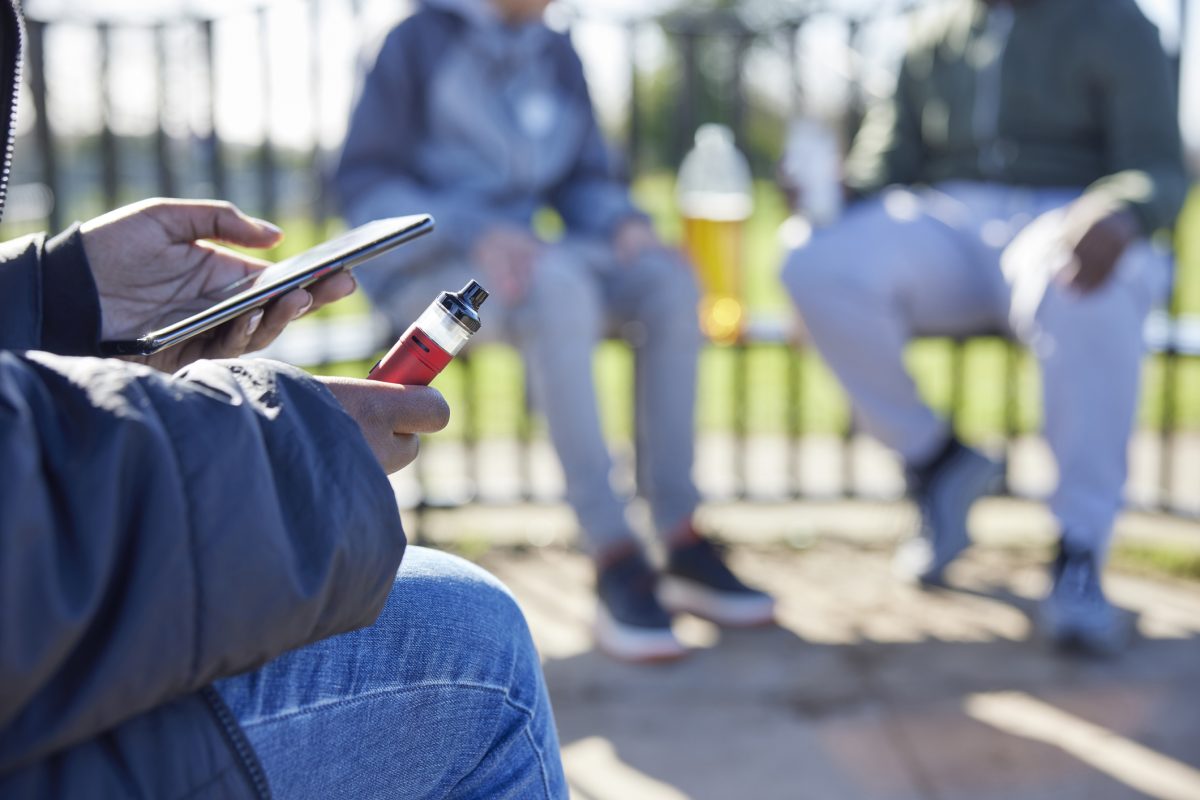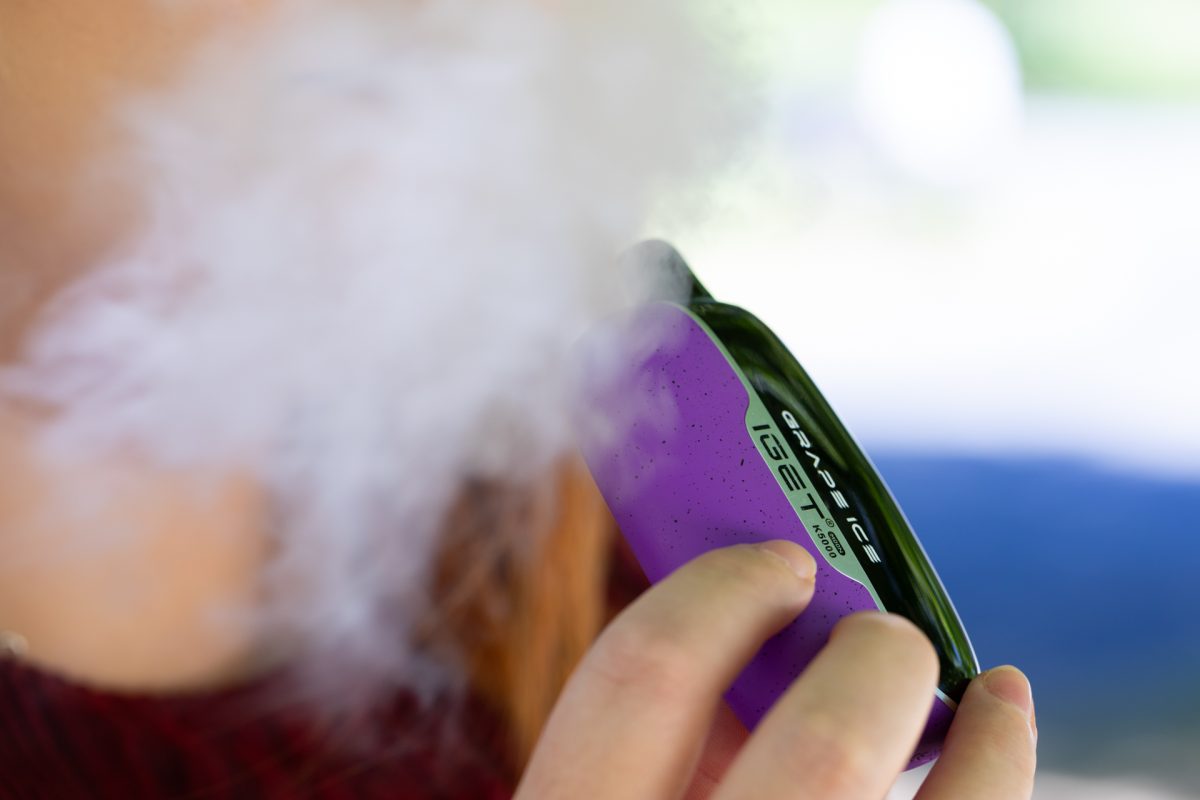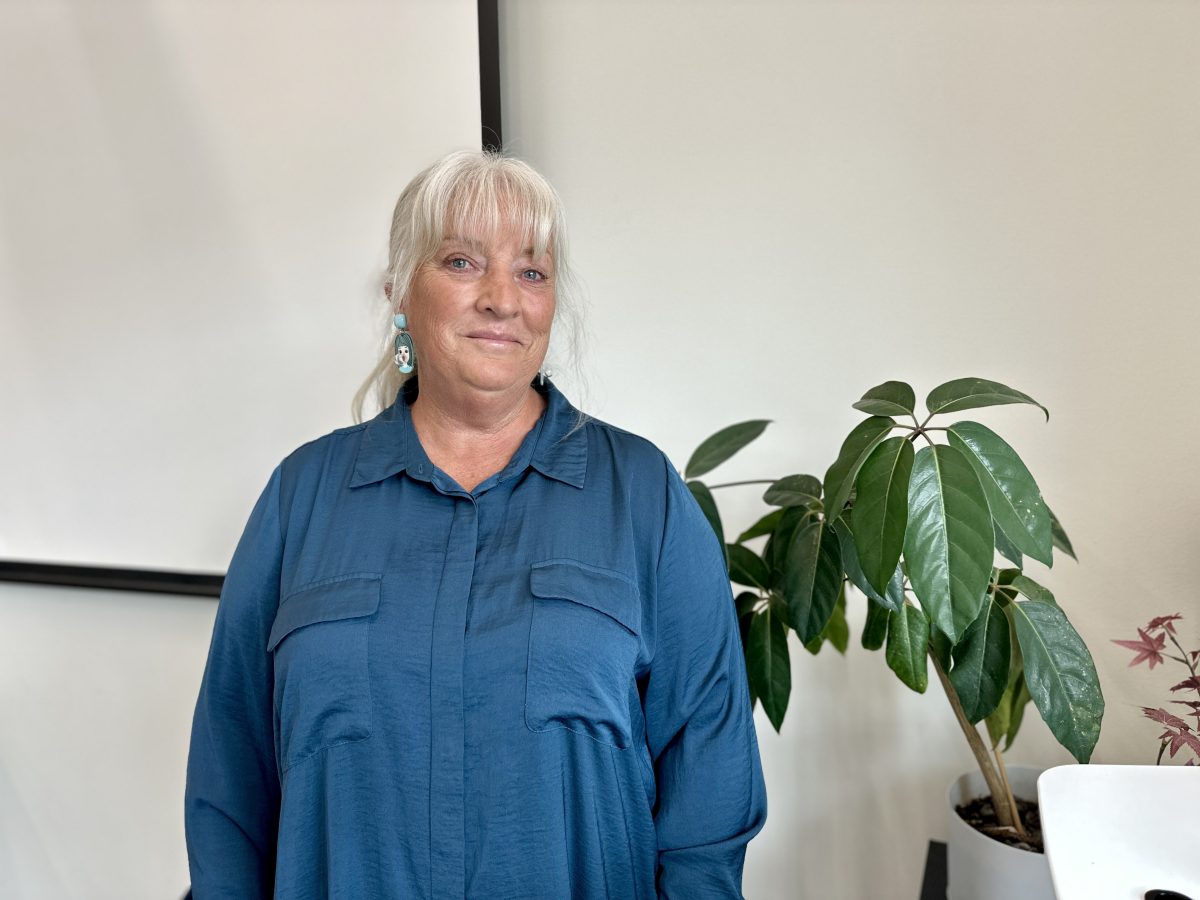
The Federal Government has flagged changes to limit the colourful wrapping and flavours often common to vapes. Photo: File.
There’s a new epidemic sweeping across Canberra’s schools, but because it often comes in colourful packaging and tastes of grape, not enough parents or teachers are aware of its dangers.
Kids as young as 10 are becoming addicted to vaping, according to ACT primary school teacher Debra Sayers.
Like many, Debra didn’t think much of vapes (or e-cigarettes) when they first started appearing in kids’ pencil cases a few years ago, often borrowed from older siblings or friends.
“Parents were swapping to vapes as a tool for quitting smoking, but there was also just the marketing of them – they look nothing like a cigarette packet with photos of someone’s gangrenous toes on the back – they’re colourfully wrapped, and I mean, some of them taste like grape,” she says.
The reality is far different.
According to the ACT Health website, “many vapes contain large amounts of highly addictive nicotine, even if this is not listed on the pack”.
And “the aerosol produced by vapes is not water vapour but a mixture of toxic chemicals, including heavy metals and corrosive chemicals, which can be absorbed into our lungs”.
Some of these can include propylene glycol (a type of antifreeze), acetone (used in nail polish remover and chemical paint stripper), formaldehyde (a cleaning disinfectant and known carcinogen), acetaldehyde (used in the manufacture of acetic acid, perfumes, dyes, and drugs, and a possible carcinogen), and acrolein (used in pesticides and leather tanning, and another possible carcinogen).

That mist is a lot more than water vapour. Photo: Michelle Kroll.
The health risks are now well documented, and this year, the Australian Government cracked down on the sale of vapes.
From 1 July 2024, vapes are only available from a pharmacy and “for the purpose of helping people to quit smoking or manage nicotine dependence”.
The concentration of nicotine in vapes sold to those without a doctor’s prescription is limited to 20 mg/ml – those who need vapes with a higher concentration will still need their GP’s permission.
Anyone under the age of 18 will also require a prescription.
It is now illegal for any other business, such as tobacconists, vape shops and convenience stores, to sell any vape or vape product.
And to further reduce the appeal, “additional changes” will limit flavours to mint, menthol and tobacco, and require “plain pharmaceutical packaging” for all vape products.

ACT primary school teacher Debra Sayers. Photo: James Coleman.
But do enough kids know about all this? It doesn’t look that way.
Data from the 2022 Australian Secondary School Student Alcohol and Drug Survey revealed almost one-third (27 per cent) of 12 to 17-year-olds in the ACT reported using an e-cigarette.
One in seven (14%) reported having vaped in the previous month before the survey, with one in 20 (5%) having vaped more than 20 times over that same month.
More than two-thirds of those who had ever used a vape had never smoked a cigarette before.
In late 2023, ACT Health launched an attack on the issue with a ‘Youth and Health eLearning’ package for teachers of Years 7 and 8.
Co-designed with more than 150 teachers (including Debra) and students from public, independent and Catholic schools, it aimed to “support teachers to develop and deliver learning programs about e-cigarettes and vaping so students understand the risks and health effects”.
Since then, more than 270 people have accessed the course, and 163 completed it. All of the latter report they “would recommend the course to a colleague”.
“We don’t judge the kids, and we don’t point fingers – we have a conversation with the whole class or put it in the school newsletter,” Debra says.
“We also don’t confiscate stuff anymore – we don’t have a top drawer like they had in The Simpsons – that just drives it further underground. We need a whole-of-community approach to this.”
Again, with the help of teachers, ACT Health is adapting the course for younger ages, targeting Year 5 and 6 students.
ACT Deputy Chief Health Officer Dr Sally Singleton says the new professional learning packages fit into a “range of health promotion and support measures” being considered by ACT Health to tackle the issue.
“We are also working with other jurisdictions, the Australian Government and other stakeholders to explore other services and tools to support young people to quit,” she says.
“This includes the national vaping campaign ‘Give Up for Good’, which is currently running, and includes resources targeted at young people – ‘Let’s join the thousands quitting vapes’.”
The ACT has also signed a ‘Federation Funding Agreement’ with the Australian Government to scale up local Quitline and cessation services, “ensuring these services can respond to the increased demand anticipated as a result of the national e-cigarette reforms”.
“A misunderstanding about vaping is that it is harmless compared to smoking tobacco cigarettes – this is not true,” Dr Singleton says.
“Vaping has also been linked to mental health challenges among young people, including depressive symptoms, anxiety and stress.”
More information about vaping, including contact details for the Quit Centre, is available at ACT Health.














